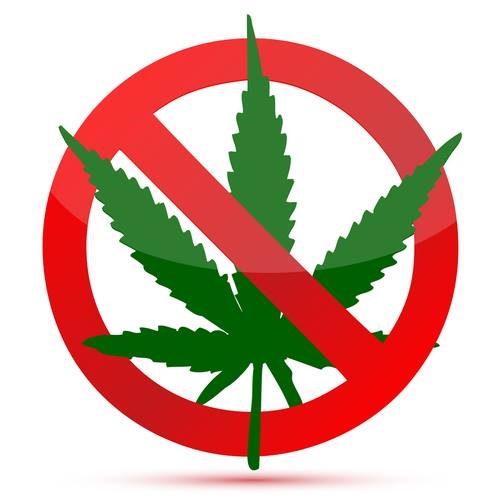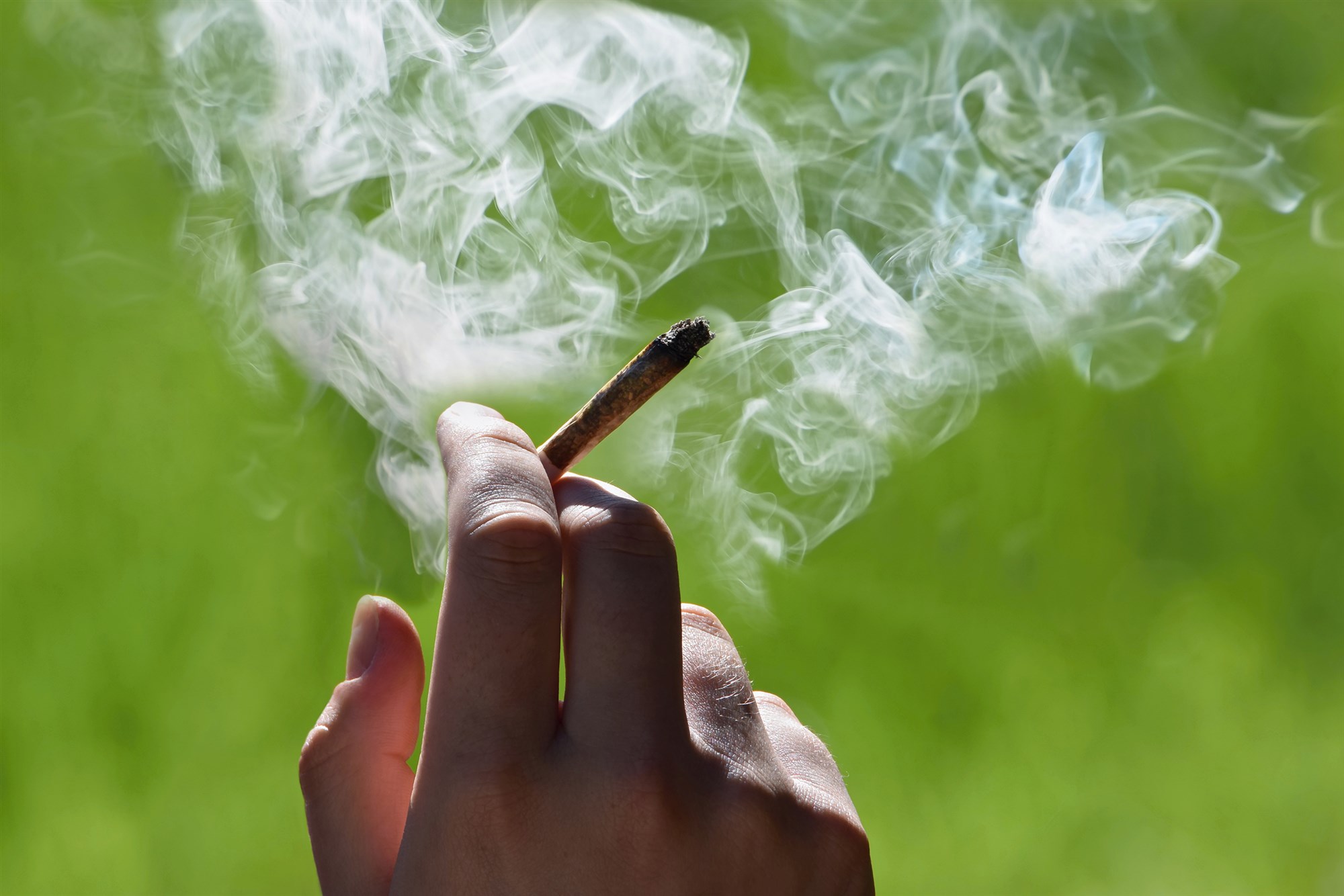“Mind if I smoke?” is an old refrain from the days when smoking was a ubiquitous habit and people frequently puffed on cigarettes in offices, on airplanes and at restaurants. Big Tobacco pushed the idea that "common courtesy" was enough to protect nonsmokers from toxic secondhand smoke, and that smoke-free laws were unnecessary.
It wasn't true then, and it's not true today. Even as cigarette use is shrinking across the country, another type of smoking — marijuana — is becoming increasingly widespread in public places, bringing with it a resurgence of secondhand smoke and airborne carcinogens. And now, nobody’s even asking if nonsmokers mind.
While my organization, Americans for Nonsmokers’ Rights, believes adults should be able to choose to use marijuana, we also strongly believe that the rights of nonsmokers should be considered when determining when and where it is used, and that individuals should not consume marijuana in ways or places that would harm the health and well-being of others.
Much of the conversation around legalizing marijuana has focused on the needs of the user for medicinal or recreational purposes, but there has been little to no discussion about the implications for nonusers. There’s no indication that in agreeing to legalize marijuana, voters and legislators intended to give a green light to re-normalizing widespread public smoking and the resultant secondhand smoke exposure. Supporting decriminalization of marijuana should not be equated with support for mass commercialization and public consumption of marijuana.
Indeed, a recent poll shows that half of Americans find the smell of pot offensive. Worse yet, early studies show that secondhand marijuana smoke is very similar to secondhand tobacco smoke, one of the galvanizing reasons for smoke-free public places and workplaces. While more research is needed, secondhand marijuana smoke contains many of the same cancer-causing substances and toxic chemicals as secondhand tobacco smoke, including ammonia, mercury, lead, formaldehyde, benzene, hydrogen cyanide and toluene, and is associated with asthma and cardiovascular risks in nonsmokers.
These problems are only going to become more acute. While the proportion of adults who smoke cigarettes has declined from over 40 percent in the 1960s to 14 percent today, use of marijuana is on the rise: 14.6 percent of adults reported using marijuana in the past year, according to findings published in the Annals of Internal Medicine. The NIH reported the rate was only 9.5 percent in 2013. Significantly, the AIM study found a greater proportion of people — 20 percent — reported using marijuana in the past year if they lived in a state where recreational use was legal, compared to just 12 percent in states where it was completely illegal.
Right now, 33 states have legalized medical marijuana, and 10 of them have gone on to legalize recreational marijuana. At the same time, 266 cities and counties and 11 states prohibit smoking and vaping of recreational and medical marijuana in at least one of the following: non-hospitality workplaces, restaurants, bars or gambling facilities. But these comprehensive smoke-free protections are at risk, as marijuana proponents and lobbyists pressure states and cities to make exemptions for marijuana smoking.
In Alaska, California and Colorado efforts are underway to allow marijuana smoking and vaping in businesses and mixed-use buildings that are currently required to be smoke-free, which would roll back the clock to allow indoor smoking again. In addition, in these states and several others where marijuana use has been legalized, proponents have argued that there is nowhere for adults (and tourists) to use the product and are pushing for the sanctioning of so-called marijuana clubs and cafes.
As an early founder of the nonsmokers’ rights movement and one of the six public health participants in the lawsuit United States v. Philip Morris USA Inc., Americans for Nonsmokers’ Rights is aware of the tobacco industry’s historic efforts to encourage adults and youth to smoke in order to drive up profits; its suppression of research on the health effects of smoking on the smoker and of secondhand smoke on nonsmokers; and its proposals to weakly regulate itself instead of being subjected to actual laws and regulations. We should expect no different from the emerging marijuana industry. Similar advertising and marketing tactics are being mulled, and self-regulation is again being pushed.
In Alaska, California and Colorado efforts are underway to allow marijuana smoking and vaping in businesses and mixed-use buildings that are currently required to be smoke-free, which would roll back the clock to allow indoor smoking again. In addition, in these states and several others where marijuana use has been legalized, proponents have argued that there is nowhere for adults (and tourists) to use the product and are pushing for the sanctioning of so-called marijuana clubs and cafes.
As an early founder of the nonsmokers’ rights movement and one of the six public health participants in the lawsuit United States v. Philip Morris USA Inc., Americans for Nonsmokers’ Rights is aware of the tobacco industry’s historic efforts to encourage adults and youth to smoke in order to drive up profits; its suppression of research on the health effects of smoking on the smoker and of secondhand smoke on nonsmokers; and its proposals to weakly regulate itself instead of being subjected to actual laws and regulations. We should expect no different from the emerging marijuana industry. Similar advertising and marketing tactics are being mulled, and self-regulation is again being pushed.
In Alaska, California and Colorado efforts are underway to allow marijuana smoking and vaping in businesses and mixed-use buildings that are currently required to be smoke-free, which would roll back the clock to allow indoor smoking again. In addition, in these states and several others where marijuana use has been legalized, proponents have argued that there is nowhere for adults (and tourists) to use the product and are pushing for the sanctioningof so-called marijuana clubs and cafes.
As an early founder of the nonsmokers’ rights movement and one of the six public health participants in the lawsuit United States v. Philip Morris USA Inc., Americans for Nonsmokers’ Rights is aware of the tobacco industry’s historic efforts to encourage adults and youth to smoke in order to drive up profits; its suppression of research on the health effects of smoking on the smoker and of secondhand smoke on nonsmokers; and its proposals to weakly regulate itself instead of being subjected to actual laws and regulations. We should expect no different from the emerging marijuana industry. Similar advertising and marketing tactics are being mulled, and self-regulation is again being pushed.


